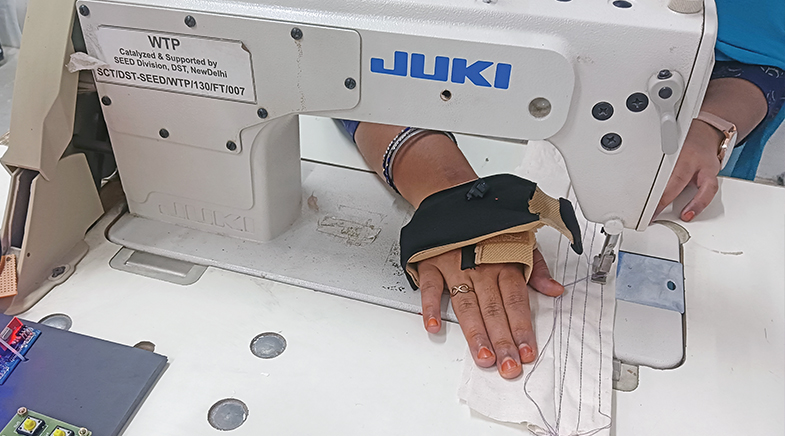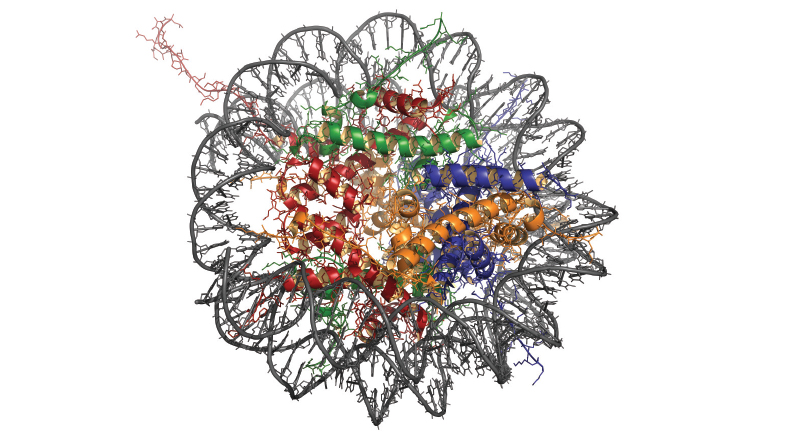The pitfalls of plastic
-
- from Shaastra :: vol 03 issue 08 :: Sep 2024

A new study uncovers a number of unnoticed and toxic additives in plastic.
Areejit Samal was intrigued by a report from the United Nations Environment Programme (UNEP). Released in May 2023, it listed 13,000 chemicals associated with plastics and their production. It was a comprehensive list that also outlined the role these chemicals played in plastic production and manufacturing of plastic-based products. Samal and his colleagues at The Institute of Mathematical Sciences (IMSc) in Chennai wanted to know the number of chemicals in the list that are used as plastic additives.
Additives are chemicals that are mixed with plastic during the manufacturing process to improve its performance and make it suitable for a specific use. For instance, bisphenol A (BPA) is a common additive used for its ultraviolet-stabilisation and antioxidant properties. The amount of additive varies depending upon the functionality: from as low as 6% to as high as 80%. For example, additives constitute up to 80% of the total volume in polyvinyl chloride (PVC), a material used in an array of products from raincoats to plumbing pipes.
Despite the widespread use of additives and their near-pervasive presence in the plastic industry, comprehensive data are missing on the types of additives and the health hazards they create for humans and other living beings. Samal and his colleagues wanted to identify the plastic additives among the chemicals in the UNEP list, and employ computational toxicology to explore toxicity mechanisms underlying their exposure in both humans and the larger ecosystem.
They collaborated with researchers from the Marine Ecotoxicology and Ecological Risk Assessment (MEERA) Programme at the National Centre for Coastal Research (NCCR), Chennai, and made a list of 6,470 plastic additives. These were identified based on the functional annotations provided in the UNEP list. "Many of them are produced in high volumes around the world and are commonly found in packaging, including food contact materials, agriculture, aquaculture, and fisheries," notes Nikhil Chivukula, a PhD scholar at Samal's lab.
For each chemical identified as a plastic additive, they used the Adverse Outcome Pathway (AOP) framework analysis to identify the associated toxicity. The AOP framework is a model that outlines the sequence of molecular and cellular processes necessary for a toxic event to happen. The United States Environmental Protection Agency compares AOP to a series of dominoes — "a chemical exposure leads to a biological change within a cell and then a molecular initiating event (e.g., chemical binding to DNA) triggers more dominos to fall in a cascade of sequential key events (e.g., abnormal cell replication) along a toxicity pathway. Together, these events can result in an adverse health outcome (e.g., cancerous cell growth) in a whole organism."
PAST ISSUES - Free to Read


Have a
story idea?
Tell us.
Do you have a recent research paper or an idea for a science/technology-themed article that you'd like to tell us about?
GET IN TOUCH














